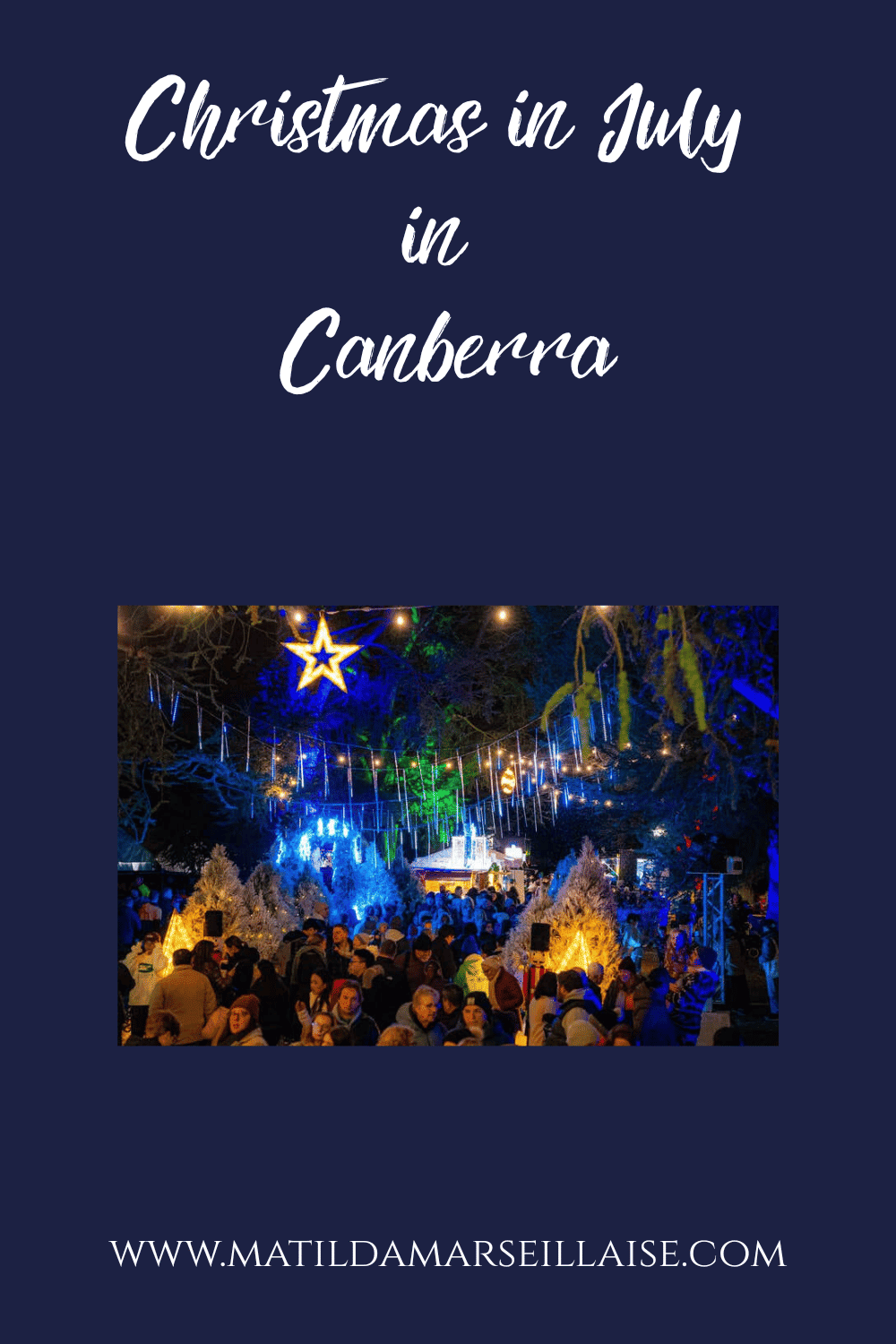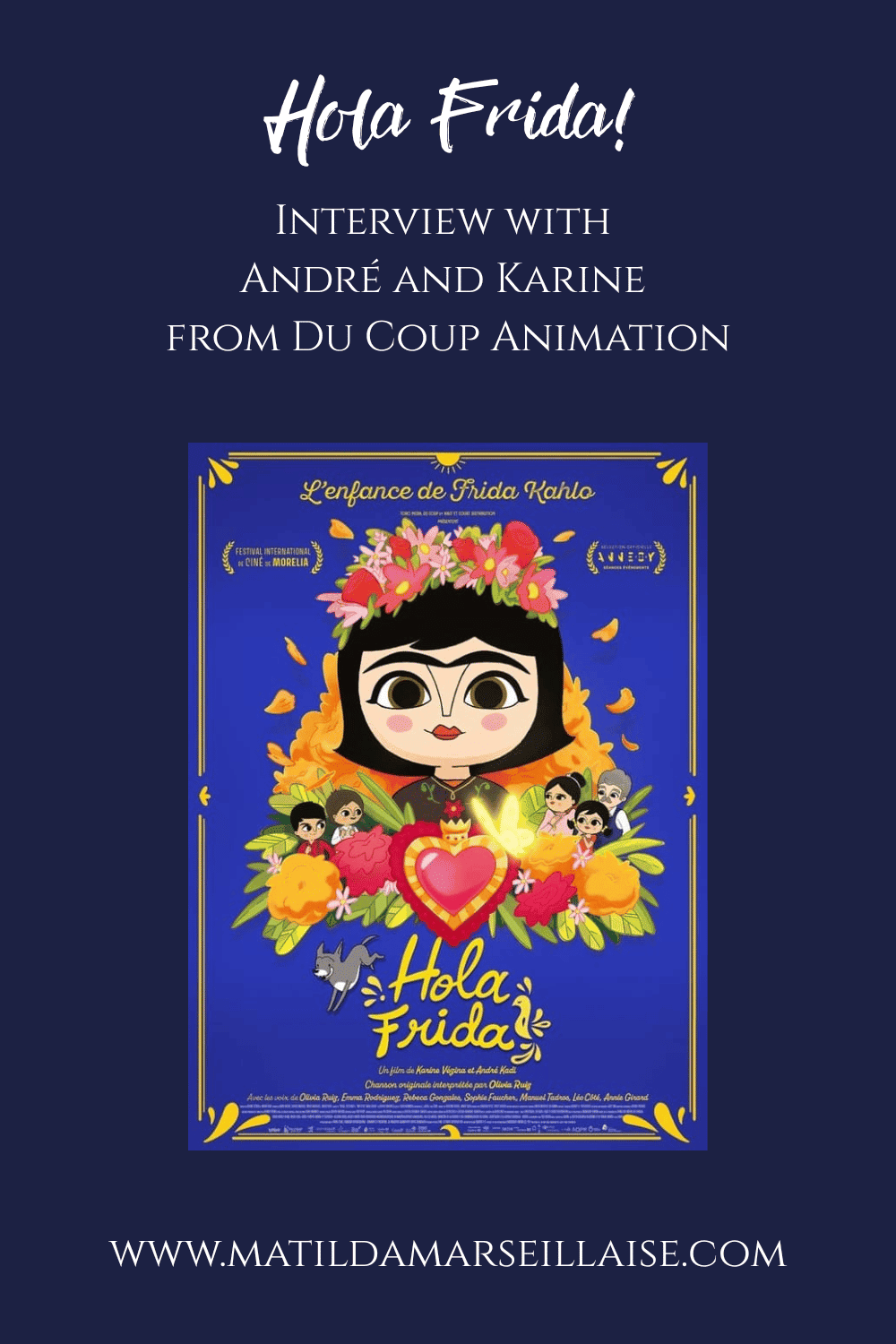We spoke with Roger from the Canadian group Fly Pan Am who will perform in the show Frontera at Sydney Festival this week.

Talk to us about “Frontera” which is on at Sydney Festival?
Dana is better placed to speak about the project so I am going to keep the essential. Overall, Frontera is a choreographed work which explores the theme of borders. There are 10 dancers, and scenography by United Visual Artists.
What led you to work with Dana Gingras, avant-garde Canadian choreographer on “Frontera”?
I have worked with Dana since 2003, I’ve done a lot of sound design for her projects but it’s the first time that I work with a group and that the music is played live. Dana had already used Fly Pan Am’s music for the choreography “I Will Always Remember to Forget About you” from Holy Body Tattoo.
Dana contacted us shortly after learning that we had got back together, and it’s exactly the type of project that FPA wanted to explore, so we jumped at the chance.
What are the challenges in writing music for a theme instead of writing based on what inspires you at the time?
The music wasn’t composed around a theme as such. The music was more so to accompany the dance according to the type of intensity which Dana was looking to give to different parts.
The project worked out well in fact, because we had just finished our new album and this gave us the chance to really push our own approach and to explore our inspirations in depth. So we were totally open to taking different paths to our aesthetic considerations at the time, and even very wrapped up in the idea of creating in a context where our music supported the work of someone else. It gave us a sort of freedom in fact, as our music wasn’t here to play the role of artistic “statement”, so it allowed us to think about our music differently.
How is the music that you have created for “Frontera” different to the music on your albums?
The music for Frontera is principally instrumental and a lot less « pop » than what we explored on our last album “C’est ça”. In a way, it’s a little like a return to roots at times, with a lot of more repetitive and minimalist, rhythmic passages like on our first albums. In contrast, there is a lot more use of sequencers and electronic synthesis than usual, as well as much more ambient parts than anything we have ever composed together as a group. In general, Frontera’s music takes a lot of time to develop and the orchestration is more defined, less maximalist.
The group Fly Pan Am was formed in 1996. How did you meet? Did you have musical training?
I already knew Félix, the group’s drummer and we were looking for other musicians with tastes as particular as ours with the intention of forming a group.
I met Jonathan through matchmaking by l’Oblique, a Montreal record store and JS at a place where we both worked. We soon started to play music together in our apartment. Our beginnings were very exploratory – Jonathon and I only started by learning the guitar. We were all self-taught and very motivated, so e very rapidly developed our sound at the time.
Where does your interest in electro-rock music come from?
For me, I have always had an interest in GRM’s electro-acoustic music, as well as the first rock groups who used electronic luthery, groups like Silver Apples, Unites States of America, Faust, Harmonia, This Heat, etc. At the period when we were formed, there were also a lot of groups who were exploring this hybridity, the first wave of “post rock” groups like Disco Inferno, Seefeel et Main, without forgetting Gastr Del Sol. We wanted to continue to explore the avenues that these groups had opened up, to create rock music that is rich in textures and structutred/composed in a fashion that is closer to electro-acoustic music.
Tell us about your creative process.
We often start from an idea shared from one of us, it could be a guitar riff, a particular melody, a vague idea of an ensemble, and we orchestrate around that in progressively elaborating the structure of the piece. In the case of Frontera, we integrated the project once a lot of the work had already been initiated, and Dana had a bank of music that she was using to generate movement and to structure the passages. This music helped us as a sort of starting point, as it determined a precise direction for each passage, a BPM for example, or if a passage was going to be ambient or rhythmic, etc. So we generated a number of potential avenues that we then tested with the dancers, which allowed us to work out what worked and if needed to be more refined.
Why should people see “Frontera” at Sydney Festival?
Because it really is a complete show. The dancers are exceptional, the choreography is very dynamic and enthralling, and the light work by United Visual Artists is very pared down but very effective in taking your breath away.
You can see Frontera at Sydney Festival from 8 to 10 January 2020.
Tickets cost between $60 and $70 for adults (plus booking fees) or $39 if you’re under 30.
Buy your tickets here:
https://www.sydneyfestival.org.au/events/frontera





